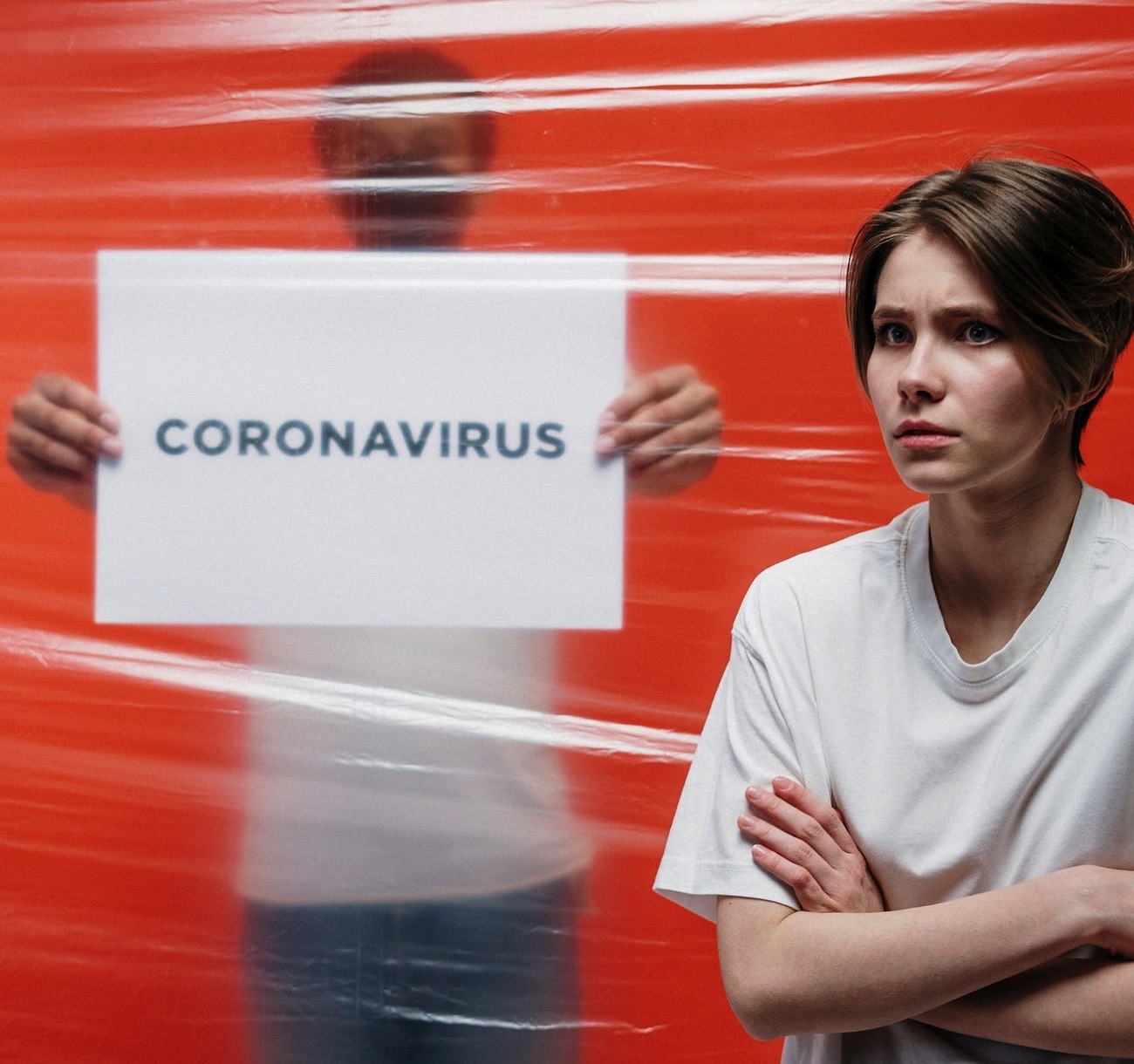The extended unconscious group field and metabolization of pandemic experience: dreaming together to keep cohesion alive

All claims expressed in this article are solely those of the authors and do not necessarily represent those of their affiliated organizations, or those of the publisher, the editors and the reviewers. Any product that may be evaluated in this article or claim that may be made by its manufacturer is not guaranteed or endorsed by the publisher.
Authors
Working with dreams in groups allows an understanding of phenomena that characterise the unconscious as a total unity. The dreamer becomes the vehicle of emotions, fantasies, and anxieties that dominate the group at a given moment, allowing them to be understood and processed. The analysis of shared dreams can further our understanding of emotional concerns related to the COVID-19 pandemic and its psychological repercussions. Six sessions of social dreaming were conducted during the COVID-19 pandemic period. Our aim was not to investigate differences between and within groups: the analysis was performed by identifying the core themes encompassing the contents of dreaming sessions, as products constructed by and within groups that are informative of society’s collective unconscious more broadly. The narratives were transcribed and thematic analysis was performed with the support of Atlas.ti software. Three main themes were identified: i) nightmares’ descriptions and the links with the COVID-19 pandemic; ii) loss of control within the unexpected outbreak: the pandemic as a learned helplessness context and environmental mastery as an emergent psychological issue; and iii) recalls of the child-past as continuity-makers within the continuity-breaking pandemic present. Through the qualitative analysis of dream narratives, we identified the links between individuals and the shared field. It is arguable that, by sharing dreams, the members of the group develop meanings useful to process the painful experience that unites them, as the three main themes show.
How to Cite

This work is licensed under a Creative Commons Attribution-NonCommercial 4.0 International License.






